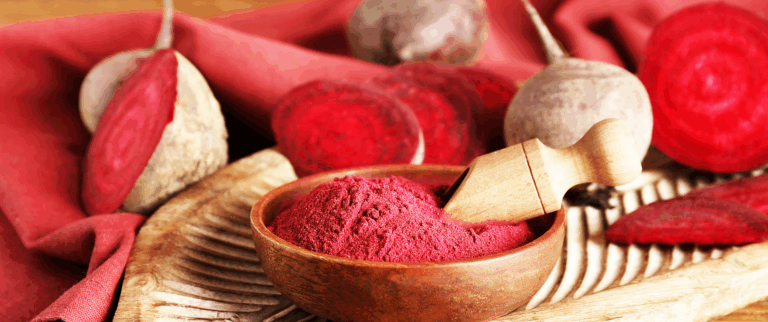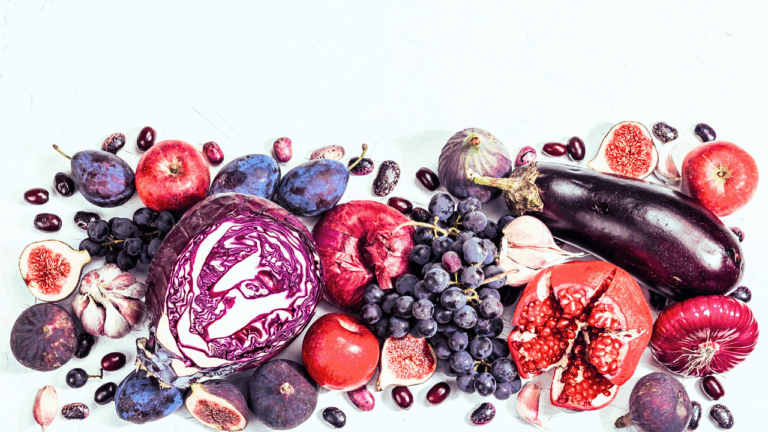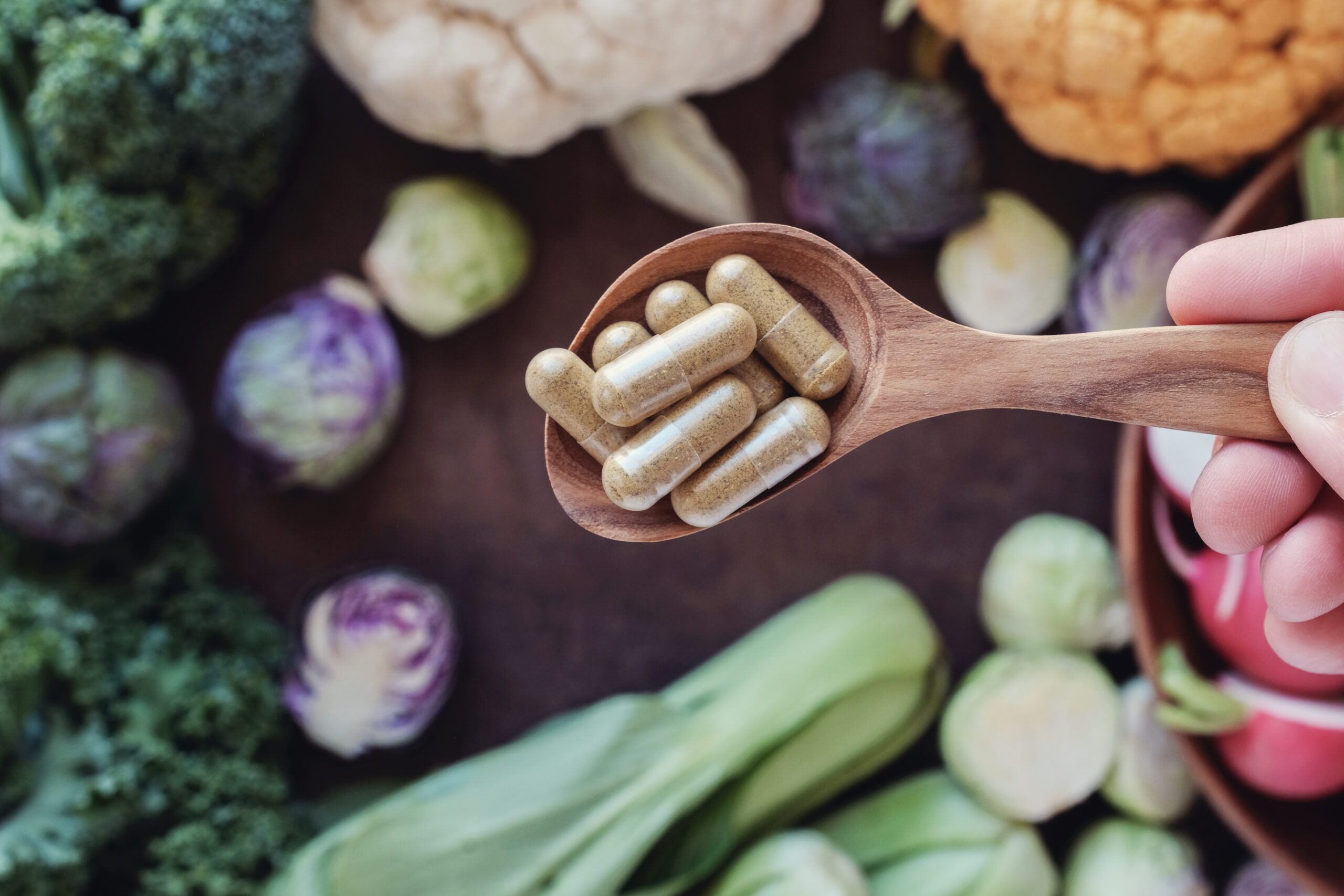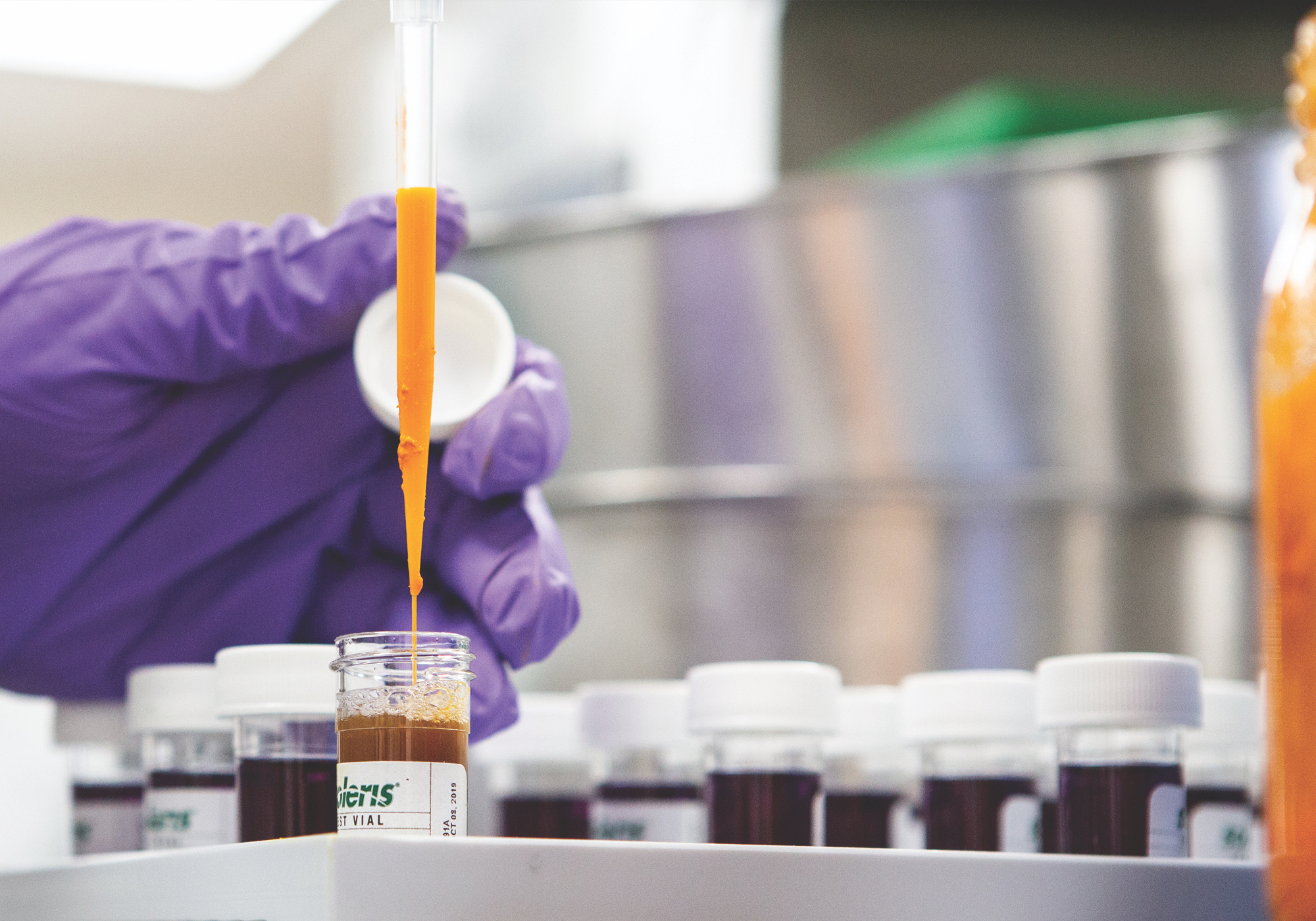Scientific name:Apium graveolens
Constituents:
- Volatile oil (limonene, selenine & phthalide compounds including phtalidglycosides)
- Flavonoids (apigenin, apiin, luteolin, chrysoeriol & quercitin)
- Furanocoumarins
- Fatty acids (linoleic, myristic, oleic, palmitic, stearic, and petroselinic)
- Alkaloids
- Vitamins C, beta-carotene & Minerals (sodium, calcium, iron, potassium)
Medicinal actions:
- Anti-inflammatory
- Antimicrobial
- Anti-rheumatic
- Bitter
- Carminative & Antispasmodic
- Diuretic
- Emmenagogue (Uterine stimulant)
- Galactagogue
- Hypotensive
- Nervine relaxant
Mechanism of Action & Pharmacology:
- Volatile oils can cause irritation of the kidneys, which may contribute to diuretic effects.
- Volatile oils & alkaloids are calming and appear to have depressant, tranquilizing effects on the CNS.
- Phthalide compounds are antispasmodic, sedative, diuretic & hypotensive.
- Flavonoids are diuretic, anti-inflammatory, anti-rheumatic & anti-platelet.
Pharmacy:
- Tincture
- Dried seed
- Decoction
- Fresh seed juice
Safety & Toxicity Concerns:
- Monitor in hypertension or fluid retention due to sodium content.
- Furanocoumarins in combination with UV light may cause photodermatitis.
- Use caution in acute kidney conditions due to the irritating effect of the volatile oils.
- Avoid in pregnancy due to volatile oils with possible abortifacient effects.
- Potential for allergy exists.
Interactions:
- Theoretically reduce serum levels of thyroxine.







